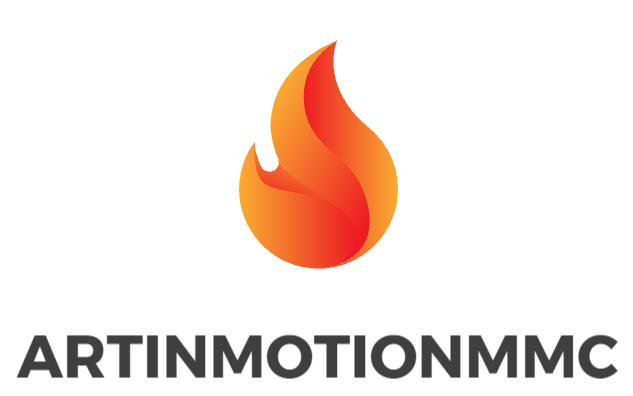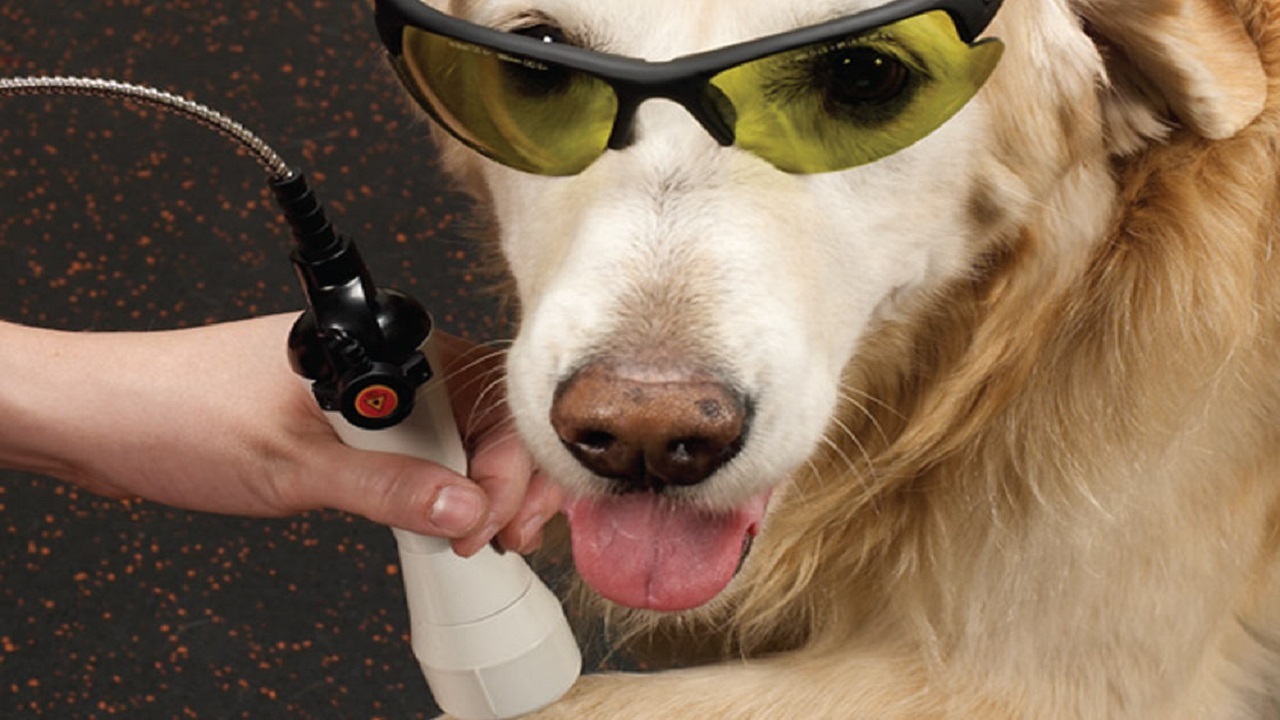In the realm of veterinary medicine, advancements in technology continue to revolutionize treatment options for our beloved animal companions. One such innovation gaining momentum is laser therapy, a non-invasive, drug-free approach to managing pain and promoting healing in pets. Laser therapy, also known as low-level laser therapy (LLLT) or cold laser therapy, utilizes specific wavelengths of light to stimulate cellular function, reduce inflammation, and alleviate discomfort. Let's delve into how laser therapy can be tailored to provide optimal care for pet dogs. To exactly know how much laser therapy for dogs cost, click the link.
Diving into Laser Therapy
Before delving into the customization aspect, it's essential to grasp the fundamentals of laser therapy. Laser devices emit focused light energy, which penetrates the skin and interacts with cells at the molecular level. This interaction triggers various biological responses, including increased circulation, accelerated tissue repair, and the release of endorphins, the body's natural painkillers. Laser therapy is versatile and can be applied to a wide range of conditions, including arthritis, soft tissue injuries, post-surgical recovery, and dermatological issues.
Tailoring Treatment for Dogs
Assessment and Diagnosis
Customizing laser therapy begins with a thorough assessment of the dog's condition. Veterinarians evaluate factors such as the nature and severity of the ailment, the dog's age, breed, size, and overall health status. This information helps determine the most appropriate treatment plan tailored to the individual dog's needs.
Adjusting Parameters
Domer’s Laser therapy devices offer adjustable settings, allowing veterinarians to fine-tune treatment parameters based on the specific requirements of each case. Factors such as the wavelength, power output, treatment duration, and frequency of sessions can be modified to optimize therapeutic outcomes while ensuring the safety and comfort of the patient.
Targeted Treatment Areas
Dogs, like humans, can experience a variety of health issues affecting different parts of their bodies. Laser therapy enables precise targeting of affected areas, whether it's a localized injury, a joint afflicted with arthritis, or a surgical incision site requiring accelerated healing. By focusing the laser on specific regions, veterinarians can deliver concentrated therapy directly to the source of discomfort or dysfunction.
Adapting to Sensitivities
Just as humans have varying pain thresholds and sensitivities, dogs exhibit individual responses to stimuli. Some may be more sensitive to the sensation of laser therapy, while others may require higher intensity to achieve the desired therapeutic effect. Veterinarians monitor the dog's reactions closely during treatment sessions, adjusting the parameters as needed to ensure a comfortable experience without compromising efficacy.
Benefits of Laser Therapy for Pet Dogs
Pain Management
One of the primary benefits of laser therapy for dogs is its effectiveness in managing pain. Whether due to arthritis, injury, or post-operative discomfort, laser therapy offers relief by reducing inflammation, stimulating nerve regeneration, and blocking pain signals. This non-invasive approach is particularly beneficial for senior dogs experiencing chronic pain or mobility issues.
Enhanced Healing
Laser therapy accelerates the body's natural healing processes, making it invaluable for dogs recovering from surgeries or traumatic injuries. By promoting tissue regeneration and minimizing scar formation, laser therapy helps expedite recovery, allowing dogs to resume their normal activities sooner.
Improved Mobility
Arthritis and musculoskeletal conditions can significantly impact a dog's mobility and quality of life. Laser therapy reduces inflammation in the joints, increases flexibility, and promotes muscle relaxation, ultimately improving mobility and restoring vitality to arthritic or injured dogs.
Conclusion
In conclusion, laser therapy offers a customizable approach to addressing the unique healthcare needs of pet dogs. By tailoring treatment plans to individual conditions and adjusting parameters as necessary, veterinarians can harness the power of laser technology to provide targeted pain relief, expedite healing, and enhance the overall well-being of canine companions. As our understanding of laser therapy continues to evolve, so too will its applications in veterinary medicine, promising brighter prospects for the health and happiness of our furry friends.


